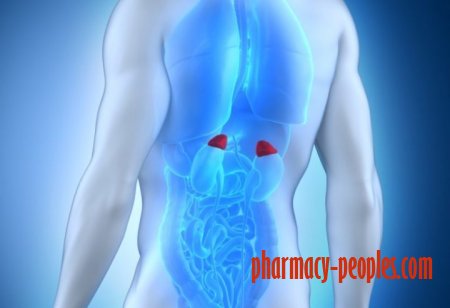This type of cancer most often is developing on skin which is exposed to sun. Skin cancer is the abnormal growth of skin cells. But the skin cancer can also happen on the areas of the skin which are not ordinary exposed to sunlight.
Melanoma, squamous cell carcinoma and basal cell carcinoma are 3 major types of skin cancers. Also there are other less common types of skin cancer, such as sebaceous gland carcinoma, Merkel cell carcinoma and Kaposi sarcoma. You should limit or avoid the exposure to UV (ultraviolet) radiation because in this way you will reduce the risk of skin cancer. Also when you are checking your skin for suspicious changes, then it can help you to detect the skin cancer at its early stages. When your skin cancer has been detected in its early stages, then this is giving you greatest chances for successful skin cancer treatment.









